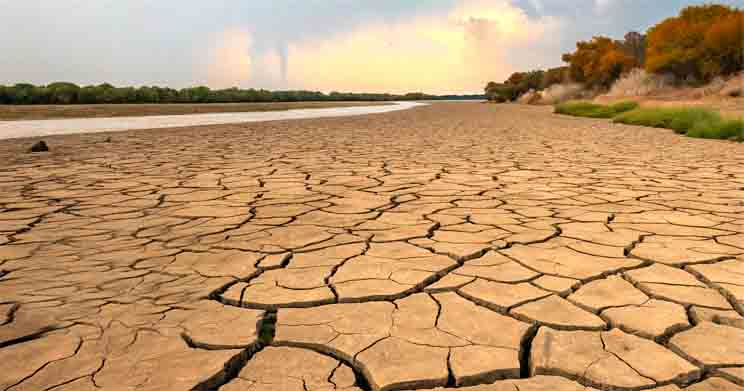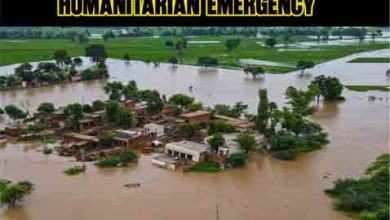Water Shortage in Indus River Breaks 100-Year Record – Urgent Climate Wake-Up Call
Pakistan is facing a historic climate emergency as the water shortage in Indus River breaks a 100-year-old record, raising alarm over the nation’s future water security.
Historic Water Crisis Hits Pakistan
The water shortage in Indus River has reached unprecedented levels, setting a grim 100-year record due to a staggering 40% decline in rainfall. According to Pakistan’s Irrigation Department, climate change has drastically altered weather patterns, causing a severe drop in both rainfall and river water levels.
This decline is not only historic but alarming for a country that heavily relies on the Indus River for agriculture, drinking water, and hydroelectric power.
Sukkur Barrage Records 71% Shortage
At Sukkur Barrage, one of Pakistan’s oldest and most critical irrigation points, the situation is dire. In early April 2024, official data shows that water levels have dropped by a massive 71%, up from 39% during the same week last year.
This steep escalation underscores how rapidly the situation is deteriorating and how the water shortage in Indus River is no longer a distant threat, but a present crisis.
Three Major Barrages in Deep Water Deficit
The water shortage isn’t isolated to Sukkur alone. All three major barrages – Sukkur, Guddu, and Kotri – have seen combined water shortfalls jump from 37% in 2023 to a shocking 65% in 2024.
This means two-thirds of Pakistan’s most vital irrigation infrastructure is now operating with just one-third of the required water.
🔗 Read more on Pakistan’s irrigation system
Why the Indus River Matters
The Indus River isn’t just any river. It is the lifeline of over 90% of Pakistan’s agriculture, supplying irrigation to vast lands in Punjab and Sindh. It also feeds major urban water supplies and contributes significantly to hydropower generation.
If the water shortage in Indus River continues, the effects will ripple across food production, energy security, and public health.
Learn more: What is the Indus Water Treaty?
Impact on Agriculture, Power, and Daily Life
Agriculture is already feeling the brunt. Crops such as wheat, cotton, and sugarcane are at risk of poor yields due to inadequate irrigation.
Hydroelectric power plants that depend on water flow are also generating less electricity, contributing to increased load-shedding and rising energy costs.
In urban centers, water supply schedules are being revised, and many areas face daily shortages and low pressure in taps.

Urgent Need for Climate Resilience
Experts urge the government and citizens to take the water shortage in Indus River as a serious warning. Some of the suggested strategies include:
-
Rainwater harvesting systems
-
Modern irrigation techniques like drip irrigation
-
Public awareness campaigns
-
Reforestation and watershed conservation
-
Desilting and restoration of water channels
Authorities have called for an integrated national water management policy that combines infrastructure upgrades with climate resilience planning.
Internal link: How to Save Water in Urban Households
Conclusion: A Wake-Up Call for Policymakers
The water shortage in Indus River is not just a temporary environmental concern—it is a clear signal of long-term climatic shifts that require urgent, bold policy decisions.
This historic shortage is a climate wake-up call for Pakistan. Without timely and sustainable water governance, the country risks facing a full-blown water crisis that could endanger its economy and future generations.
Let this be the moment we realize that every drop counts. The time for climate action and water conservation is not tomorrow—it’s now.







